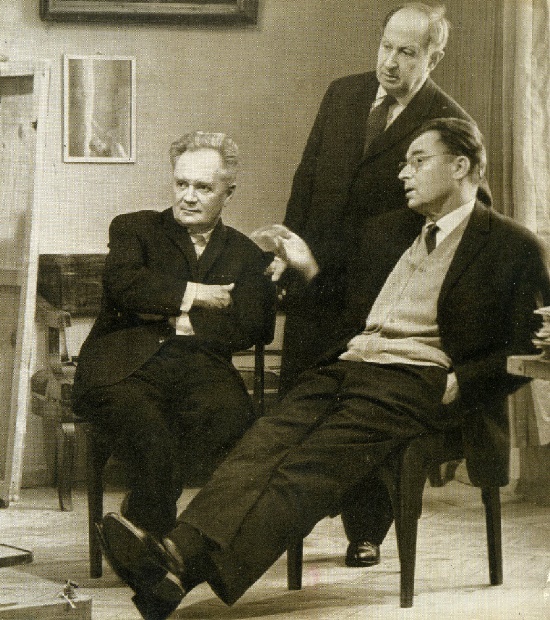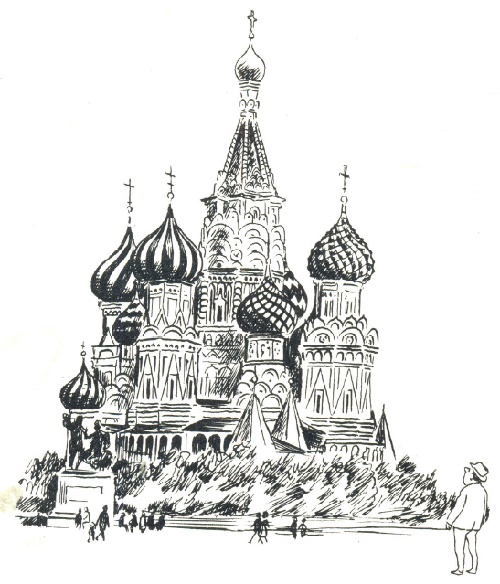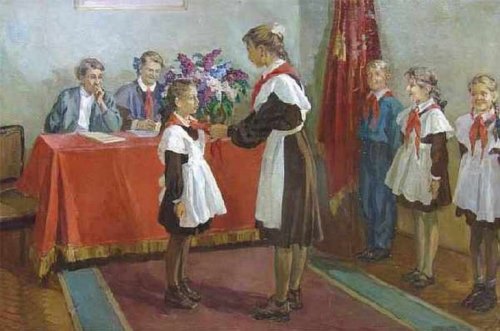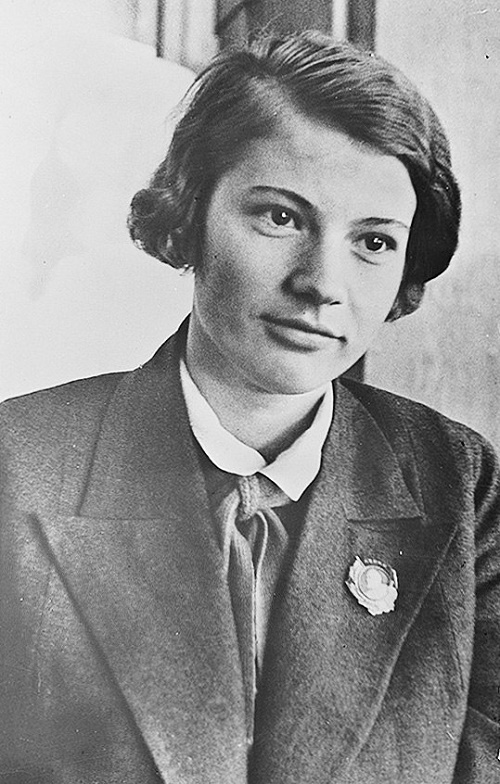Outstanding figures of Soviet art Heroes of Socialist Labor
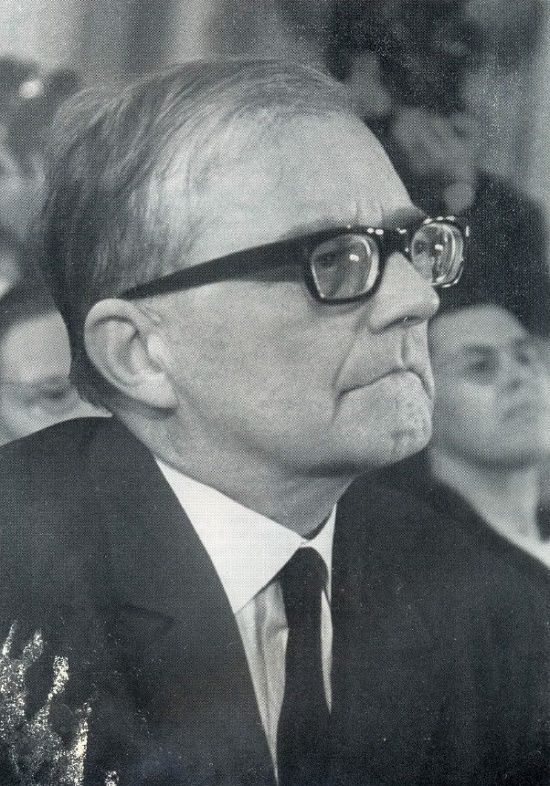
Composer Dmitry Shostakovich (25 September 1906 – 9 August 1975). Outstanding figures of Soviet art Heroes of Socialist Labor
Outstanding figures of Soviet art Heroes of Socialist Labor
This publication features the outstanding figures of Soviet art – theater, music, ballet, cinema, and fine arts – awarded the title of Hero of Socialist Labor. Established by the Presidium of the Supreme Soviet of the USSR eighty years ago – on December 27, 1938 – the title of Hero of Socialist Labor, the highest degree of labor difference, was appropriated to Soviet people for particularly outstanding services contributing to the rise of the national economy. They are people of science and culture who selflessly served their homeland. They brought the glory to the USSR with their skill and talent.
Of course, it’s impossible to talk about each of them in one publication. However, I want to begin with Dmitry Dmitrievich Shostakovich. He was a brilliant composer-symphonist, a unique artist-communist, who possessed an exceptional musical-figurative skill. Doctor of Arts, Professor, an outstanding public figure, he was a People’s Artist USSR – the people in the full meaning of this word. An innovative musician, who expanded the boundaries of the use of musical expressive means. At the same time, he is the direct heir of Russian classical musical genius. It was in this capacity that he received world recognition.
More »

